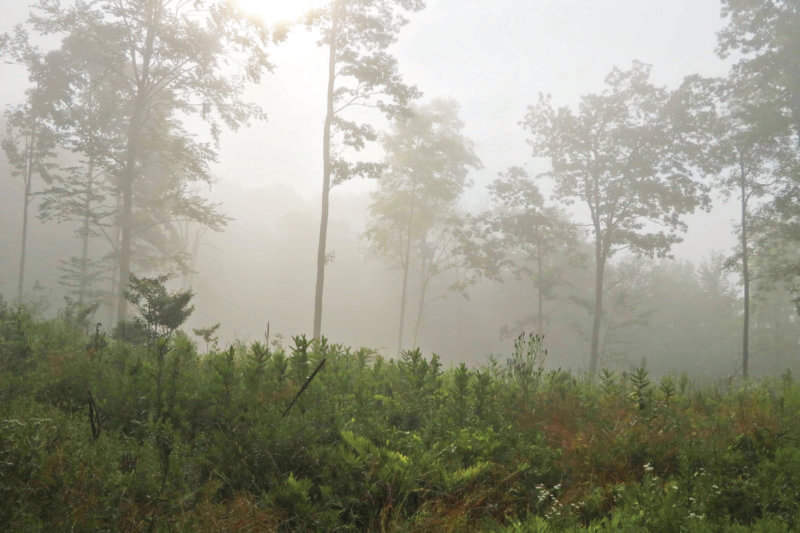Working forests can maximize ecological, economic and cultural forest values
We can put the ways that forests benefit our lives and our quality of life into three general categories: ecological, economic and cultural.
The ecological benefits of forests include how they clean our air and our water, regulate our climate and do much, much more, providing the means for humans, and so many other species, to exist.
Forests also provide economic benefits, adding billions of dollars to Vermont’s economy and growing local, renewable resources like wood that enrich our lives and lower our reliance on more harmful resources produced elsewhere.
Finally, forests provide cultural benefits. They are inarguably essential to our identities as Vermonters, to so many of the things that we do and value and love.
As we envision a future for ourselves and for our forests, balancing all of these benefits is key: How can we care for forests in a way that creates and sustains an ecologically, economically and culturally functional landscape?

A freshly managed area of Ethan Tapper’s own forest in Bolton. Working forests are managed for biodiversity, climate resilience and more, while also producing local, renewable resources.
Almost anywhere that there are forests, they can be placed into one of three broad categories — production forests, working forests and reserves — a triad of forest management approaches with different objectives, that employ different strategies and have different strengths and weaknesses.
The first leg of the triad is production forests, where trees are managed essentially as crops, often grown and harvested on relatively short rotations and using intensive management techniques. Production forests may be more diverse forests of naturally-regenerating trees, but globally often take the form of monoculture plantations.
Production forests provide some of the ecological benefits of a natural forest, but their main strengths are economic; they provide huge amounts of renewable resources, jobs and local economic benefits. It should also be said that the fact that production forests produce so many renewable resources is itself a powerful global ecological and cultural benefit, lowering our reliance on resources that cause significant harm to ecosystems and peoples elsewhere.
The second leg of the triad is working forests, the category that nearly all forests in Vermont fall into. These are forests that are periodically managed for wood and other resources, but also for a wide range of other values: things like biodiversity protection, carbon, wildlife habitat and recreation. The economic benefits of working forests are not as concentrated as production forests (so you need a much greater acreage to produce the same quantity of resources), but they provide periodic economic benefits, as well as more ecological and cultural benefits than production forests.
Finally, the third leg of the triad is reserves. Reserves are forests that are essentially unmanaged (although we use the term passive management), allowed to develop largely without human intervention. Reserves may provide some economic benefits from tourism and forest-based recreation, but their primary benefits are ecological and cultural.
While you may be biased toward one leg of the triad or another, production forests, working forests and reserves are likely all necessary to meet our ecological, economic and cultural needs. The three legs of the triad exist in a dynamic relationship with one another. If we want more reserves, we will also need more production forests to produce the resources that we need to sustain us; if we want fewer production forests, we will need far more working forests and fewer reserves. If we say “not in my backyard” to working forests in Vermont, we are likely saying “yes” to production forests somewhere else.
Of these three forest types, I think that working forests are by far the most radical and beneficial. They are the only forests that we have a real relationship with, the only ones that truly balance all the things that we ask, and require, from our forests. In working forests we can recognize our responsibility to protect forests for their own sake (like a reserve) and to produce renewable resources (like a production forest), while also acknowledging that we can play a positive and even regenerative role in these ecosystems — not as a farmer of a crop, not as a bystander, but as the steward of a complex and precious living system. While we need some production forests and reserves, I believe that working forests are the place where we can maximize the ecological, economic and cultural values of forests.
(Ethan Tapper is the Chittenden County Forester for the Vermont Department of Forests, Parks and Recreation. See what he’s been up to, check out his YouTube channel, sign up for his eNews and read articles he’s written.)
